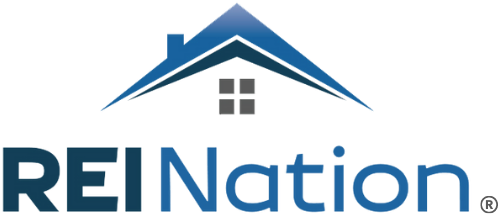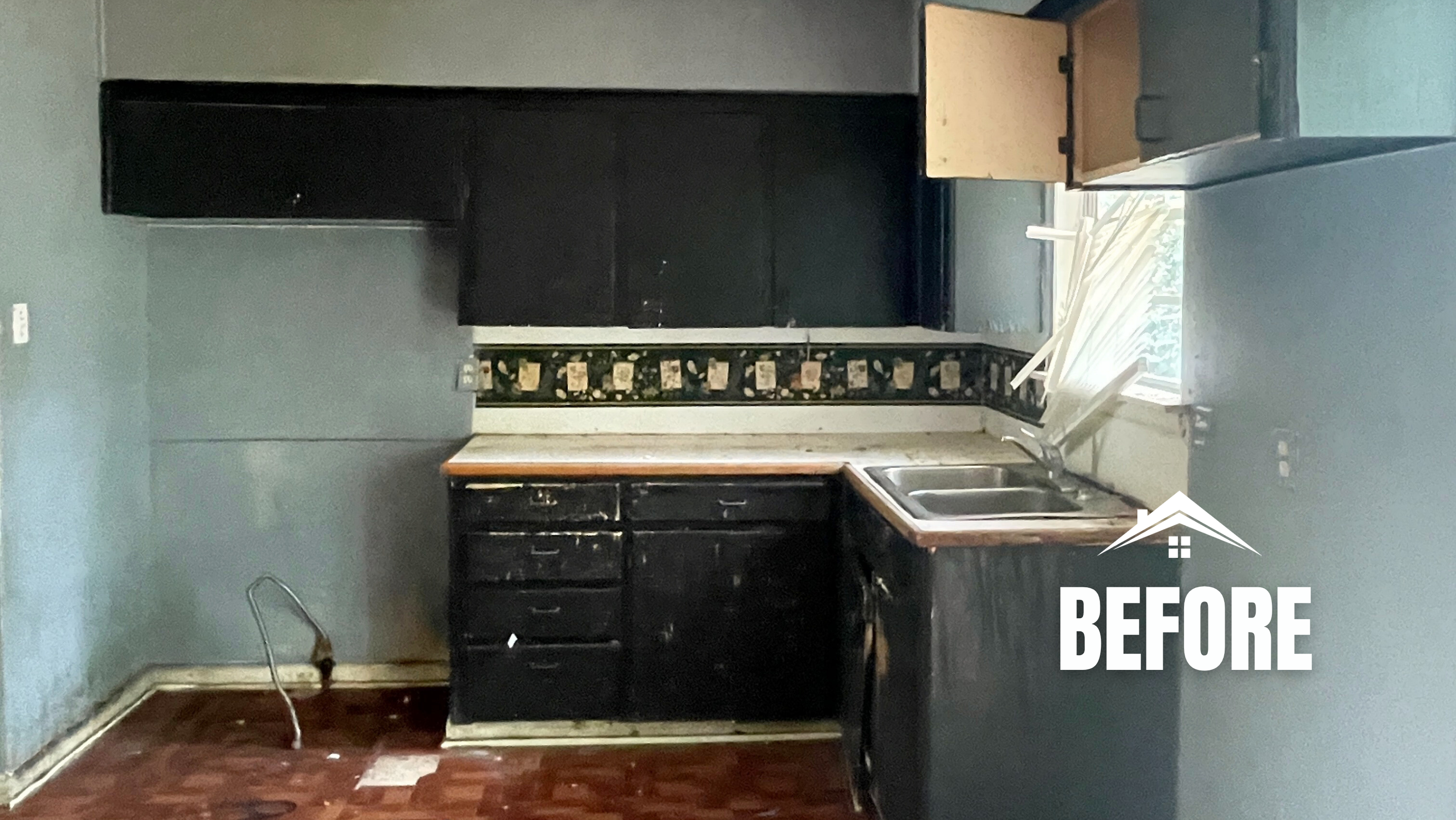-1.jpg?width=209&height=314&name=Blog%20Portrait%20(2)-1.jpg)
If you're considering using retirement funds to invest in turnkey real estate, a self-directed IRA (SDIRA) might be your golden ticket. But here's the million-dollar question: should you go traditional or Roth? Both offer unique advantages for passive real estate investors, making it a tough choice!
Choosing the right one could make a massive impact on your long-term wealth-building strategy, though. So, make your choice wisely!
What Makes SDIRAs Different (and Perfect for Real Estate)
Unlike conventional IRAs that limit you to stocks, bonds, and mutual funds, self-directed IRAs put you in the driver's seat. You maintain the same tax advantages of regular retirement accounts while investing in alternative assets like single-family rentals, commercial properties, or even raw land.
For turnkey investors, SDIRAs are particularly attractive. You can purchase ready-to-rent properties in reliable markets like Memphis, Houston, or Huntsville, generating passive income within a tax-advantaged account. All this while your property management team handles the day-to-day operations.
You'll simply watch as your retirement wealth grows—either tax-deferred or tax-free, depending on the type of account you choose.
Need a refresher on SDIRAs? Check out our Definitive Guide for real estate investors.
Traditional SDIRA: The Tax-Deferred Powerhouse
The Pros:
- Immediate Tax Benefits: Contributions to a traditional SDIRA are typically tax-deductible. For high earners, this immediate relief can be substantial as it frees up more capital for property acquisitions today.
- Lower Entry Barrier: Since you're using pre-tax dollars, you can potentially invest more upfront. That $100,000 property effectively costs you less in today's dollars when you factor in the tax deduction.
- Tax-Deferred Growth: Your rental income and property appreciation grow without annual tax obligations. This compounding effect can dramatically accelerate portfolio growth over decades.
The Cons:
- Future Tax Bill: When you withdraw funds after age 59½, everything—including decades of appreciation—gets taxed as ordinary income. If tax rates rise or you're still in a high bracket at retirement, this could sting. Ouch!
- Required Distributions: Once you hit age 73, you must start taking required minimum distributions (RMDs). The tax impact could fore property sales at inopportune times.
- No Current Benefits: You can't touch that rental income until retirement without penalties. It's all reinvested within the account.
Roth SDIRA: The Tax-Free Future
The Pros:
- Tax-Free Forever: Once you reach 59½ and your account is five years old, all withdrawals—including rental income and appreciation—are entirely tax-free. Imagine selling a property that's doubled in value and keeping every penny.
- No RMDs: Because you’re never forced to withdraw funds, Roth SDIRAs make excellent estate planning tools. Your heirs can inherit tax-free real estate wealth.
- Flexibility: Contributions (not earnings) can be withdrawn anytime without penalty, providing an emergency backup in a pinch.
The Cons:
- No Upfront Deduction: Contributions come from after-tax dollars, meaning less immediate purchasing power for properties.
- Income Limits: High earners may not qualify directly for Roth contributions (though "backdoor" strategies are commonly utilized to get around this problem).
- Five-Year Rules: Each conversion has its own five-year clock before tax-free withdrawal, requiring careful planning.
Making Your Choice: Key Considerations
- Your Current vs. Future Tax Bracket: If you're in your peak earning years, traditional SDIRAs offer valuable deductions now. But if you expect similar or higher taxes in retirement (or anticipate rising tax rates overall), a Roth's tax-free future becomes more attractive.
- Investment Timeline: Younger investors have decades for tax-free Roth growth to compound. Those closer to retirement might prefer a traditional SDIRA's immediate tax benefits.
- Portfolio Strategy: Planning to hold properties long-term? A Roth SDIRA means never paying taxes on decades of appreciation. Prefer regular property turnover? Traditional might offer more flexibility for reinvestment.
- Estate Planning Goals: Roth SDIRAs are unbeatable for passing real estate wealth to the next generation tax-free.
Our Summary for Turnkey Investors
Both traditional and Roth SDIRAs offer passive real estate investors powerful tax advantages unavailable through standard investment accounts. Traditional SDIRAs work best for high earners seeking immediate tax relief and maximum current purchasing power. Roth SDIRAs shine for those prioritizing tax-free retirement income and long-term wealth transfer.
Many successful investors use both, diversifying their tax exposure while building substantial real estate portfolios. The key is starting somewhere—because every year you wait is another year of tax-advantaged real estate returns you’ll never get back.
Ready to put your SDIRA to work?
REI Nation's portfolio advisors have helped hundreds of investors successfully navigate SDIRA property purchases across our 11 markets. From handling SDIRA-compliant transactions to coordinating with custodians, we make the process seamless.
Schedule your free consultation today to discover how turnkey real estate can transform your retirement strategy.











.jpg)
